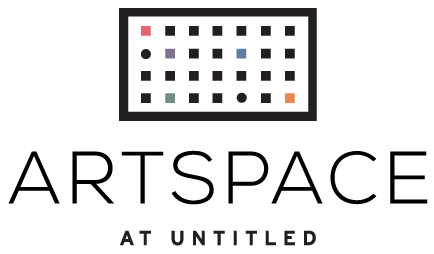THIS EXHIBITION OF WEST AFRICAN ARTIST EL ANATSUI'S MOST RECENT WORKS PRESENTED HIS LARGE-SCALE WALL RELIEFS RESEMBLING TRADITIONAL AFRICAN KENTE CLOTHS. THE PIECES THAT OFTEN MEASURE 12 TO 15 FEET WIDE ARE MADE OF THOUSANDS OF PIECES OF STITCHED TOGETHER ALUMINUM CUT OUT OF DISCARDED LIQUOR BOTTLE SCREW-TOPS FROM DISTILLERIES IN THE ARTIST’S HOMETOWN OF NSUKKA, NIGERIA. AS AN ARTIST, ANATSUI CAME TO PROMINENCE DURING THE EXPLOSIVE WEST AFRICAN POST-INDEPENDENCE ART MOVEMENTS OF THE LATE 1960S AND 1970S. HE HAS SINCE RECEIVED WORLDWIDE CRITICAL ATTENTION FOR HIS EXPERIMENTAL SCULPTURAL STYLE THAT DRAWS ON HIS HERITAGE BUT PUSHES BOUNDARIES DUE TO USE OF UNCONVENTIONAL MATERIALS AND METHODS OF PRESENTATION.
Born in the Volta region of Ghana in 1944, El Anatsui studied art at Kwame Nkrumah University of Science and Technology in Kumase, graduating in 1969. He remained as an instructor at the University of Ghana until 1975 when he took a teaching post at the University of Nigeria, Nsukka (UNN) in Enugu Province. Today, he holds the position of head of the sculpture department at UNN
Anatsui's "cloth series" began around 2003 when he discovered a discarded bag of bottle tops while scavenging through refuse to be used to make his sculpture. The hundreds of shiny liquor bottle caps attracted him so he took them home to his studio, but it wasn't until six months later that the idea came to him to cut them out and sew them together with copper wire, ultimately assembling them into cloth-like strips. Anatsui utilizes as many as twenty assistants who assist with the sewing of the metal pieces and one finished sculpture may take as long as four months to complete.
Anatsui has also referred to this series as Gawu which is a word derived from his native Ewe language. It translates roughly as "metal cloak." Some critics believe this series comments on consumerism, waste, the social problems of alcoholism, and the transformation of recycled materials. To the artist himself, it is important that his materials are derived from the everyday world around him. He states, "Art grows out of each particular situation and I believe that artists are better off working with whatever their environment throws up. I think that's what has been happening in Africa for a long time, in fact not only in Africa but the whole world, except that maybe in the West they might have developed these 'professional' materials. But I don't think that working with such prescribed materials would be very interesting to me - industrial produced colors for painting. I believe that color is inherent in everything, and it's possible to get color from around you, and that you're better off picking something which relates to your circumstances and your environment."

